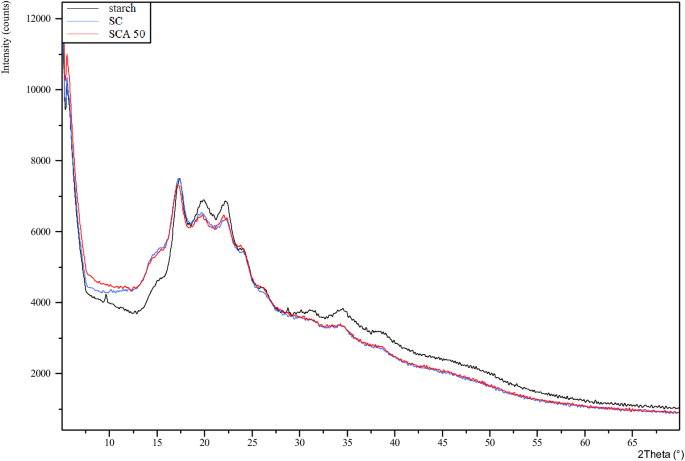
It amazes me, in fact, that your system won't let you do that. When I was traveling a lot for work, that is exactly what I would do when leaving at 5 am to catch an early flight: arm the system in stay mode, so that my family was still protected after I left. What you are trying to do makes perfect sense: be able to arm the system in "Stay" mode and then leave the house. Of course, we wish you had just bought a FrontPoint system - but if you had, you would not be facing this dilemma. I promise to address the topic of alarm system design in a later post, but since we get a lot of questions about arming modes, it made sense to address Stay & Away for the first installment of “Wireless Home Security 101.” With your new understanding of Stay and Away modes, you are now good to go – or stay!

In fact, here is aneasy link to a video entitled, What Alarm Equipment Do I Need, that is tailor-made to help you understand the relationship of your alarm equipment and the arming modes. The FrontPoint web site has produced targeted and informative videos on plenty of alarm topics, and this one is no exception. Then, if you ever do need to go down there when the system is armed, you just need to disarm it before you go down to check the furnace: simply rearm it when you come back upstairs.įrontPoint Security, a leader in interactive wireless home security, is pleased to present this blog for its customers, soon-to-be customers, and the alarm-shopping public. Of course, if there are areas of the house where you don’t go at night, such as an unfinished basement, then you could put a motion sensor down there and ask your alarm company to program the device to be armed even in the Stay Mode. The motion sensors are not armed, since you don’t want to set off your own alarm when going for that midnight snack. “Stay Mode” is used when you are arming the house when you are there, like at night – and this setting arms only the perimeter of your system: that means doors, windows, and glassbreak sensors. Remember my two dogs? One of them is pretty big, so Away Mode is not for me!

Note: these motion sensors are generally pet-friendly up to 40 pounds, so if your Newfie or Bernese Mountain Dog has the run of house all day, then you need to use (and equip your house for) the other mode. You always want to have a sensor on every exterior door, but the interior spaces are more easily protected using motion sensors – one or more of these sensors placed strategically where an intruder might go will detect motion in the house and activate the alarm. If this is the only way you use your system (and some folks do just that), then you can usually get by with fewer alarm sensors.
Vera dsc alarm panel force stay arm windows#
An easy way to remember this arming mode is that everything is armed: the exterior sensors (doors, windows and glassbreak sensors), andthe interior sensors (motion sensors). “Away Mode” refers to when you are arming the system prior to leaving the house entirely, such as during the day if nobody is home. The alarm industry calls these “arming modes,” and pretty much every good system out there offers you both of these two setting options: Many people are not familiar with the terms “Stay” and “Away” in reference to how an alarm system is set. So, from time to time I will pen an entry that starts with “Wireless Home Security 101” – and pick a topic that explains some nuts-and-bolts aspect of how alarm systems work. Sadly, I hear all too often that there just aren’t enough objective and reliable sources of information about alarm systems, and that is why this blog sprang into being – to fill a gap that has existed since before I joined the industry in 1989.

The gradual increase in burglaries across the US, which is often tied to a suffering economy, has certainly generated more interest in protecting our homes and families: more and more homeowners are getting on board with a new system, especially now that systems can be smarter (with interactive features), and safer (with 100% cellular monitoring).

Only about one in four homes in the US has a monitored alarm system – which is not a lot, when you consider that a burglary occurs about once every 15 seconds.


 0 kommentar(er)
0 kommentar(er)
